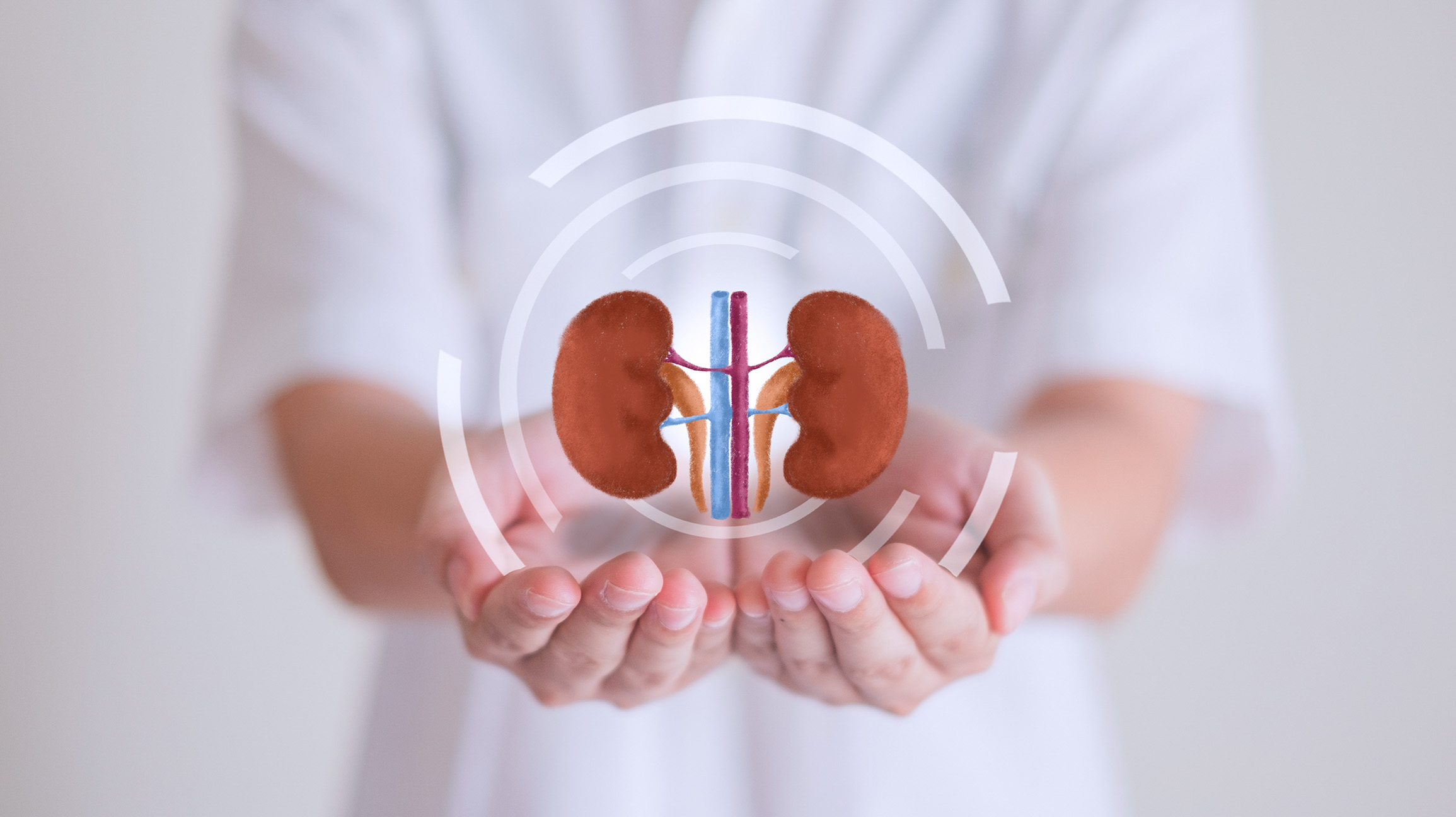
How Low Levels of Arsenic Increase Kidney Cancer Risk
A new study conducted by the Texas A&M University School of Public Health has raised alarming concerns about the impact of even low levels of arsenic in drinking water on kidney cancer risk. The research, published in Environmental Pollution, examines the link between arsenic exposure and kidney cancer rates in Texas. It reveals that even amounts of arsenic well below regulatory limits could significantly increase the risk of kidney cancer. For more details, schedule an appointment with the oncologist.
The Growing Threat of Kidney Cancer
Kidney cancer has been on the rise in the United States, with a reported annual increase of 1.2% between 2011 and 2019. By now, it has become the seventh most common cancer in the country. Traditionally, smoking has been a key risk factor for kidney cancer, but as smoking rates have decreased over time, researchers have been left looking for other environmental factors that might explain this rising incidence. One such factor is arsenic—a naturally occurring element found in groundwater in many parts of the U.S., including Texas.
While arsenic exposure is widely acknowledged as a carcinogen, it is often associated with higher concentrations in water. Previous studies focused on exposure levels exceeding the legal limit of 10 parts per billion (ppb), but the Texas A&M study breaks new ground by investigating the risks associated with lower levels of arsenic, particularly levels between 1 and 5 ppb. This is significant because many public water systems, especially those that are poorly regulated, and private well systems—unregulated by the government—may expose residents to such low levels of arsenic.
Unveiling the Link Between Arsenic and Kidney Cancer
This research study focused on 240 counties in Texas and analyzed data from the Texas Department of State Health Services and the Texas Water Development Board. The researchers examined the cancer rates of 28,896 adults aged 20 and older, using sophisticated statistical models to adjust for various factors such as geographic location, obesity, smoking habits, diabetes, and even pesticide use.
What they discovered is unsettling: exposure to arsenic levels between 1 and 5 ppb increases kidney cancer risk by 6%. When the arsenic levels rose above 5 ppb, the risk jumped significantly, by 22%. The findings suggest that even seemingly low levels of arsenic in drinking water can have a profound impact on kidney cancer risk. In fact, the study found that the risk increases by 4% with each doubling of arsenic concentration in the water. Schedule an appointment with the oncologist to know the significance of this link.
This correlation between arsenic exposure and kidney cancer risk aligns with previous research linking arsenic to other forms of cancer, including lung, bladder, and skin cancer. But while these findings provide a strong case for concern, the researchers emphasize that their study does not prove causality—only an association between arsenic levels in drinking water and an increased risk of kidney cancer.
For more details, refer to https://www.sciencedirect.com/science/article/abs/pii/S0269749124018141?via%3Dihub or opt for an appointment with the oncologist.
The Vulnerability of Private Well Systems
One of the most concerning aspects of the study is the vulnerability of private well users. In the U.S., an estimated 40 million people rely on private wells for their drinking water. Unlike public water systems, which are regulated by government agencies like the Environmental Protection Agency (EPA), private wells are not subject to the same oversight. As a result, well users are particularly at risk of arsenic exposure, even at levels deemed "safe" by regulatory standards.
A Call for Action
The study’s findings point to a crucial need for public health interventions aimed at reducing arsenic exposure in drinking water. According to the researchers, increasing regulatory oversight and ensuring better management of public water systems could play a key role in lowering the risks. Additionally, scheduling an appointment with the oncologisthelps you to know more about the risks of arsenic exposure, particularly among those relying on private wells, are necessary.
Conclusion
The evidence is clear: even low levels of arsenic in drinking water can increase the risk of kidney cancer. With kidney cancer rates on the rise and many Americans at risk due to arsenic exposure, regulatory measures must be strengthened. As researchers continue to explore the effects of arsenic exposure on public health, individuals who rely on private well water must take the necessary steps to ensure the safety of their drinking water.
Ultimately, addressing arsenic exposure in drinking water via regular testing is not just about protecting individual health; it's about creating a healthier, safer environment for all.
Also Read:
The Oncology Care Model 2.0: Transforming Cancer Care for Better Outcomes
8 Questions to Ask Your Oncologist about Radiation Treatment
Can Asbestos Exposure Cause Breast Cancer?
Shorter Radiation Course Proves Safe and Effective for Early-Stage Breast Cancer

